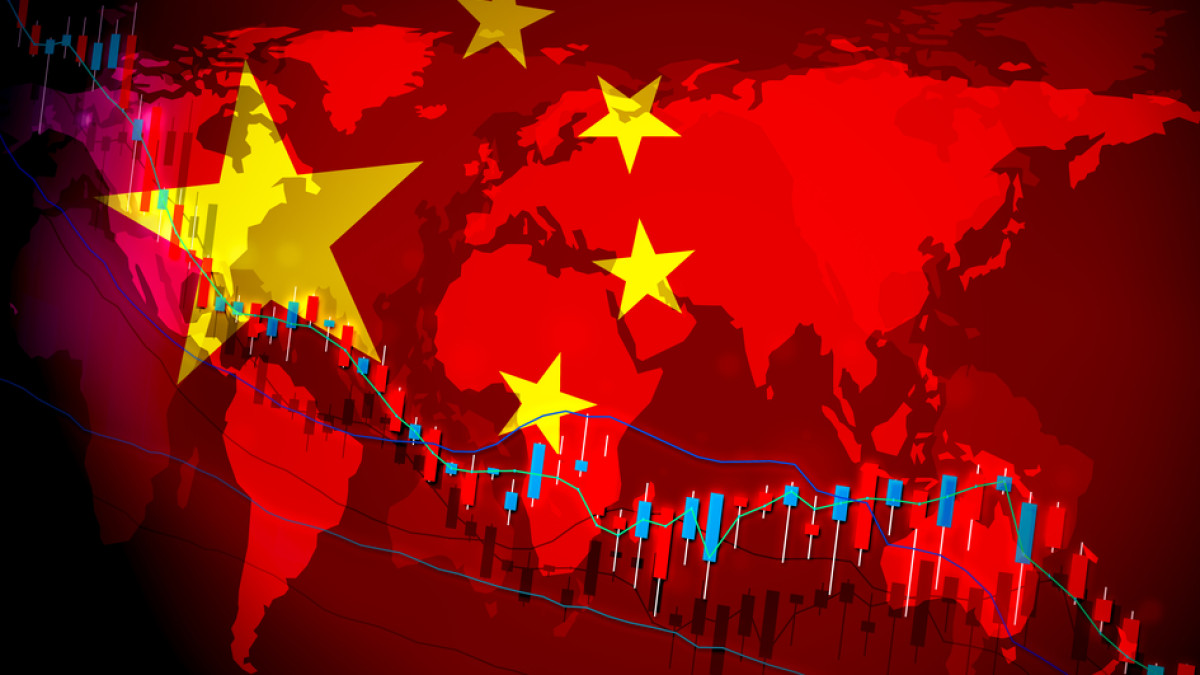China's exports fell sharply in June, signaling weakening demand for Chinese goods both domestically and globally. Exports dropped 12.4% in June from a year ago, marking the biggest decrease in three years. Imports also declined, falling 6.8% and showing slackening domestic consumption. Economists had expected much smaller declines.
The slowdown comes after a strong first quarter for China's economy but recent factory activity has been sluggish, underscoring China's uneven recovery from COVID-19 lockdowns. Manufacturing gauges remain just above the 50-point mark separating growth from contraction. Weak demand for raw materials like copper also points to soft demand.
Policymakers face the possibility of an extended period of slower Chinese growth around 3% annually, below typical growth rates in recent decades. This may threaten economies across Asia that rely heavily on China's performance.
The Chinese government has set a GDP target of about 5% for the year after failing to meet its 2022 goal. However, economists believe achieving even that moderate target will be challenging given external headwinds like protectionism and geopolitical tensions. Officials have called for policies to support domestic consumption to mitigate the impact of weak foreign trade.
In summary, China's worse-than-expected export and import declines in June signal weakening global and domestic demand that threatens to prolong China's economic slowdown. Policymakers will need to stimulate consumption to help meet growth targets and relieve pressure on the slowing economy.










